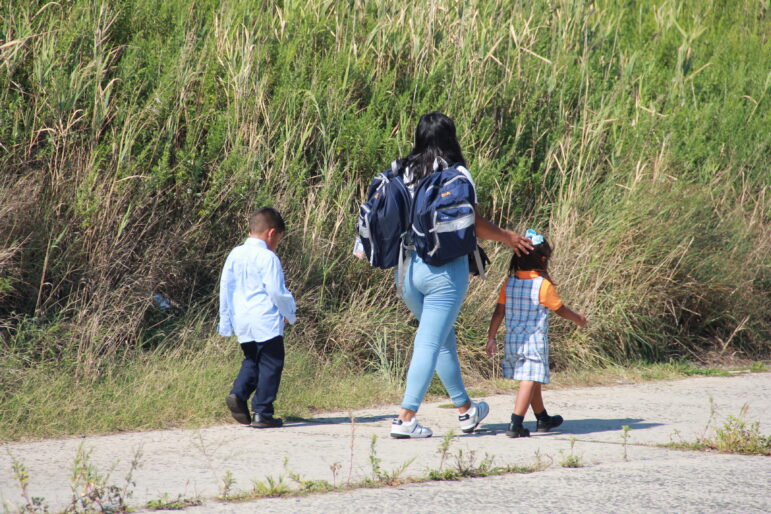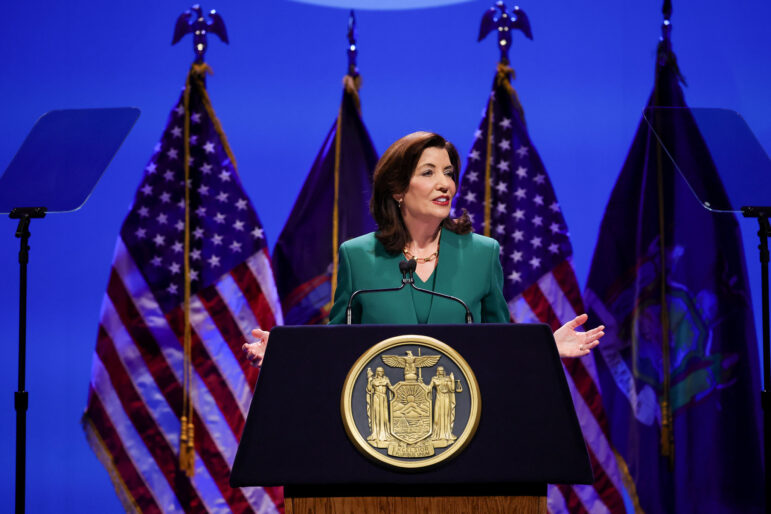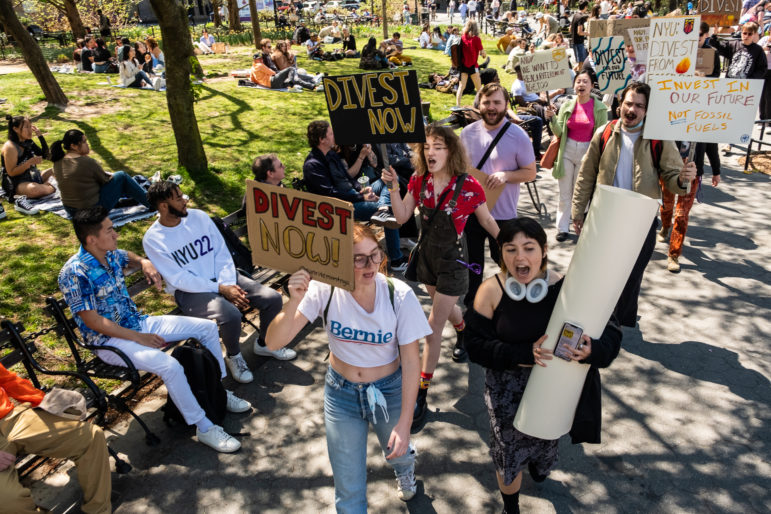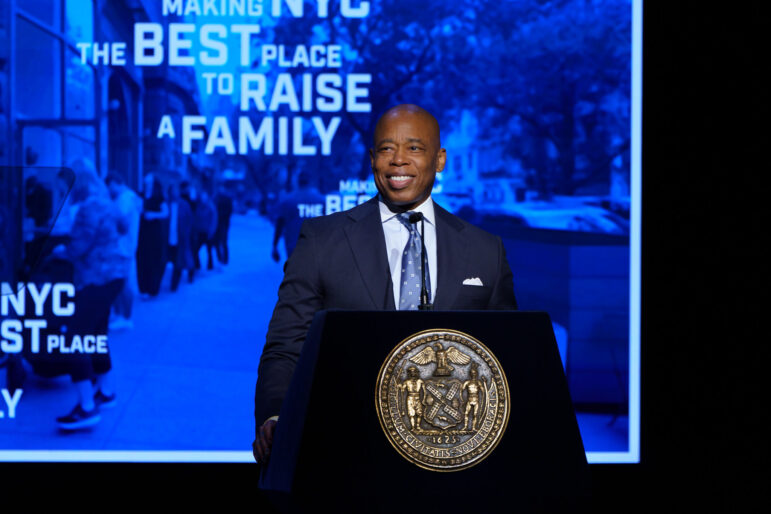‘The pandemic has widened the gap between young people with the educational and support systems they need and those without, making the issue of unequal opportunity ever more urgent.’

Pearl Gabel
President Biden is calling on Congress to invest $9 billion in American teachers and is planning to double federal support to high-poverty districts in his American Families Plan. It is past time for inequalities in education by zip code to be addressed, but this cannot be done at the federal level alone. Schools in poorer neighborhoods in New York City, which are often attended by Black children and children of color, have worse education outcomes.
The pandemic has widened the gap between young people with the educational and support systems they need and those without, making the issue of unequal opportunity ever more urgent. Thousands of New York City students have had no education for more than a year simply because they lacked access to devices or broadband to attend remote school.
The next mayor of New York City—whoever it is—will be responsible for the city’s children and must find the solution. As the leader of international nonprofit A Chance in Life, which supports at-risk youth across the globe and is currently launching a program in Staten Island, I believe they must commit to three key priorities. I call on all the candidates to make these critical commitments to our young people.
Reliable Broadband Access
The past year has shown us what we already theoretically knew: reliable, high-speed broadband is as important as water and electricity for 21st century life. Even as schools reopen, students will still need access to online learning platforms for everything from homework to snow days. It should not be more difficult for a young person living in the city’s poorest zip code—10453—to complete schoolwork than one living in zip code 10001 in Chelsea.
Governor Cuomo has signed a bill requiring internet providers to provide affordable high-speed internet to low-income families across the state, and Mayor Bill de Blasio has settled a lawsuit with Verizon to bring FiOS fiber-to-the-home service to another 500,000 households. This shows we are moving in the right direction, but ongoing progress needs to be supported by even distribution of speeds. Neighborhoods with lots of apartment buildings and multi-dwelling units have, on the whole, had lower speeds than those with primarily single-family homes.
All mayoral candidates must now commit to prioritizing access to reliable broadband for all households in New York City. I look forward to seeing our next mayor invest the necessary resources in this vital utility.
 CityViews are readers’ opinions, not those of City Limits. Add your voice today!
CityViews are readers’ opinions, not those of City Limits. Add your voice today!
Enrichment Programs
Students need help to make up for the time lost to them. I have three kids in elementary school who have been using tablets to study and write their homework. Between typing and spell checking, they have forgotten how to write and spell words. They are far from alone, and the consequences of learning loss are not distributed evenly among young people. As always, those who were already disadvantaged have been harder hit. Black and Latino students, who make up almost 70 percent of the city’s school system, received only 9 percent of offers to specialized high schools, down from 11 percent the year before, after the SHSAT examinations. Disabled students struggled, and some felt left behind.
From learning about healthcare to improving classroom performance, enrichment programs have been shown to support students and help them both academically and in their social and emotional learning. It must be noted that some programs have been perceived as causing students undue stress, which reduced their effectiveness. But there are many options and routes the next mayor can take to provide enrichment programs.
Perhaps the best solution will be additional funding for schools to provide this, expanding the Summer Youth Employment Program for 2022, or funding additional nonprofit programs like ours that provide support to students. Working with students, schools and providers should help identify which solutions will be most effective and most rapid, but enrichment programs for our young people must be set up as soon as possible.
Teaching Financial Literacy
In the longer term, the future mayor of New York City must focus on redressing the inequalities that have existed for decades. From my experience, teaching financial literacy as a core skill early on is the most impactful change A Chance In Life makes for young people around the world. We do this by supporting our students to come up with their own self-sustaining government and operate an independent city, complete with courts, assemblies and even its own currency.
Financial literacy is a critical skill for all people, which many adults sought out as the pandemic wreaked havoc on even previously comfortable households. According to the National Foundation for Credit Counseling (NFCC), 78 percent of U.S. adults agree that they could benefit from professional advice and answers to everyday financial questions.
Yet financial literacy skills are distributed unevenly. Studies have shown that white and Asian young people score higher on financial literacy tests than their Black, Hispanic and Native American peers, and this gap continues among adults. Inequality in financial literacy runs parallel to wealth and income inequality in the U.S. and in New York City.
All young New Yorkers need these lessons, so I call on the mayoral candidates to ensure that, within two years of taking office, all young people are taught financial literacy, either through schools or other providers.
The past 14 months have seen huge impacts on youth and made clearer the pre-existing inequities our young people face, from the immediacy of access to broadband to longer-term educational needs. All New York City youth deserve equal opportunities, and I hope the next mayor takes that responsibility seriously.









One thought on “Opinion: Mayoral Candidates Must Commit To Financial Literacy Education For Youth”
This opinion piece is right on. It should be a top priority.